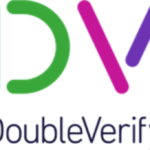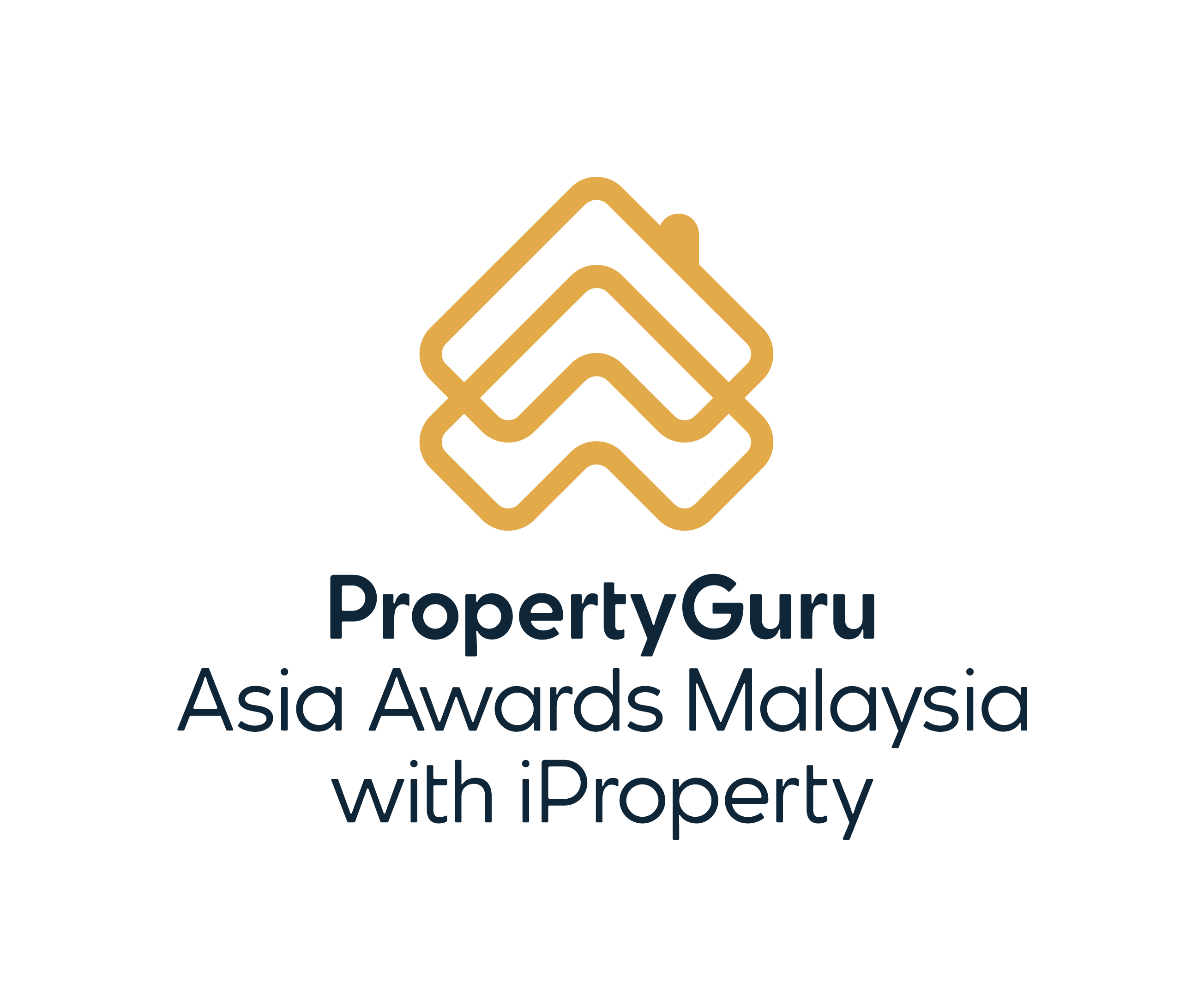1. What initially sparked your interest in artificial intelligence?
My interest in artificial intelligence was initially sparked by my long standing passion for mathematics and algorithms. Having completed a Bachelor of Actuarial Studies, I developed a deep appreciation for the practical impact mathematics could have on complex, real-world problems. This interest only deepened during my Master of Finance, where I specialised in applied econometrics and mathematical modelling, culminating in research focused specifically on genetic algorithms within financial markets.
At that time, around 2014, more than a decade ago, AI was not yet widely recognised or taken seriously in industry discussions. However, my early exposure to genetic algorithms opened my eyes to the enormous potential of applied mathematics and computational approaches. This experience ignited my passion for artificial intelligence and set me on the path to explore and pioneer innovative AI applications, particularly in areas where I knew algorithms could drive significant advancements.
2. Can you describe a pivotal moment in your career that shaped your vision for Eyes of AI?
One defining moment was when I saw a dentist (my brother), overwhelmed with patients and struggling to find the time to analyse an X-ray. It became a personal pain point (both figuratively and literally) when I had a huge toothache and I just couldn’t understand what the black and white X-ray was really showing me. That moment marked a turning point for me. I realised that AI had the potential to not only assist clinicians in making more accurate diagnoses but also improve their efficiency. At the same time, it could serve as a powerful tool to enhance patient understanding. I then had a dream of creating a safety net for clinicians, ensuring no detail is overlooked, while also helping scale expertise in regions with limited access to specialists. This experience solidified my vision for Eyes of AI.
3. What emerging trend in technology excites you most, and why?
The technological trend that excites me most is the integration of various facets of artificial intelligence to develop comprehensive intelligence systems in healthcare, particularly the transformative potential of generative AI.
We’re currently at a pivotal moment where individual AI techniques—such as deep learning, computer vision, natural language processing, and generative AI—are beginning to converge into sophisticated intelligence ecosystems. This leads to promising results in predictive medicine and patient education. It enables the visualisation of disease progression, treatment outcomes, or even personalised patient scenarios.
4. In your experience, what is critical for cultivating effective partnerships in the technology space?
In my experience, cultivating effective partnerships in the technology space hinges significantly on cultural understanding, mutual respect, and genuine collaboration. At Eyes of AI, we’ve built successful international relationships with industry leaders across the globe.
Each of these partnerships taught us invaluable lessons about navigating cultural nuances. For instance, when partnering with organisations headquartered in Asia, we quickly realised the importance these businesses place on building trust through long-term relationships, often developed through face-to-face meetings and a deeper personal connection beyond just professional interactions.
Conversely, our partnership with European conglomerates highlighted different cultural aspects—particularly their precision-oriented mindset and emphasis on detailed planning. We learned that a structured, meticulous approach to collaboration, clearly documented processes, and precise communication were essential to aligning our efforts effectively and achieving shared objectives.
These experiences have reinforced that successful global technology partnerships are never transactional—they are built on a deep respect for cultural differences, continuous listening and learning, and a shared dedication to collective growth and innovation.
5. How do you select strategic partners or collaborators in new markets?
When selecting strategic partners or collaborators, especially in new markets, we prioritise alignment around mutual goals and principles, focusing particularly on enhancing clinician efficiency and patient outcomes rather than simply financial considerations.
For example, our longstanding collaboration with Australia’s national science agency, the Commonwealth Scientific and Industrial Research Organisation (CSIRO), exemplifies this approach. CSIRO is renowned globally for its commitment to pioneering scientific research, innovation, and solving complex real-world challenges through advanced technology. They stand firmly for scientific excellence, integrity, and ethical research practices.
By partnering with CSIRO, we’ve harnessed their expertise in developing AI-driven solutions tailored specifically for healthcare—particularly dental diagnostics. Their rigorous standards and ethical framework complement our mission perfectly, helping ensure our technologies are robust, accurate, and ethically deployed.
This type of partnership highlights how we strategically choose collaborators who are not only market leaders but also deeply committed to ethical and moral practices. Such alignment ensures sustainable innovation, credibility, and a lasting positive impact in the healthcare industry.

















